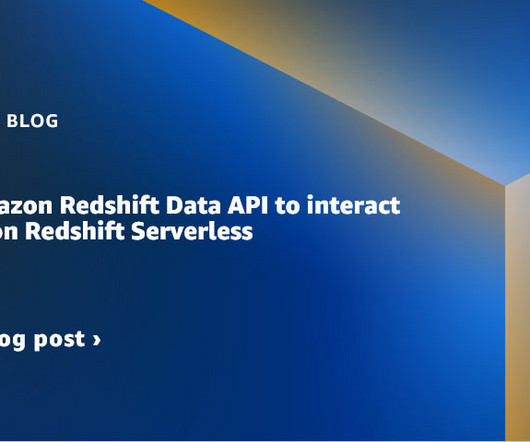Completing Data Science Tasks in Seconds, Not Minutes
Smart Data Collective
MARCH 9, 2021
Mito is the powerhouse of your data analytics workflow. When it comes to data analytics , not much is easier to use than a spreadsheet. For this reason, spreadsheets have been the predominant tool when it comes to basic data analysis for the past 20 years. If you work with data, you’ve done work in Excel or Google Sheets.















Let's personalize your content